Why YOU should be using music in the world language classroom
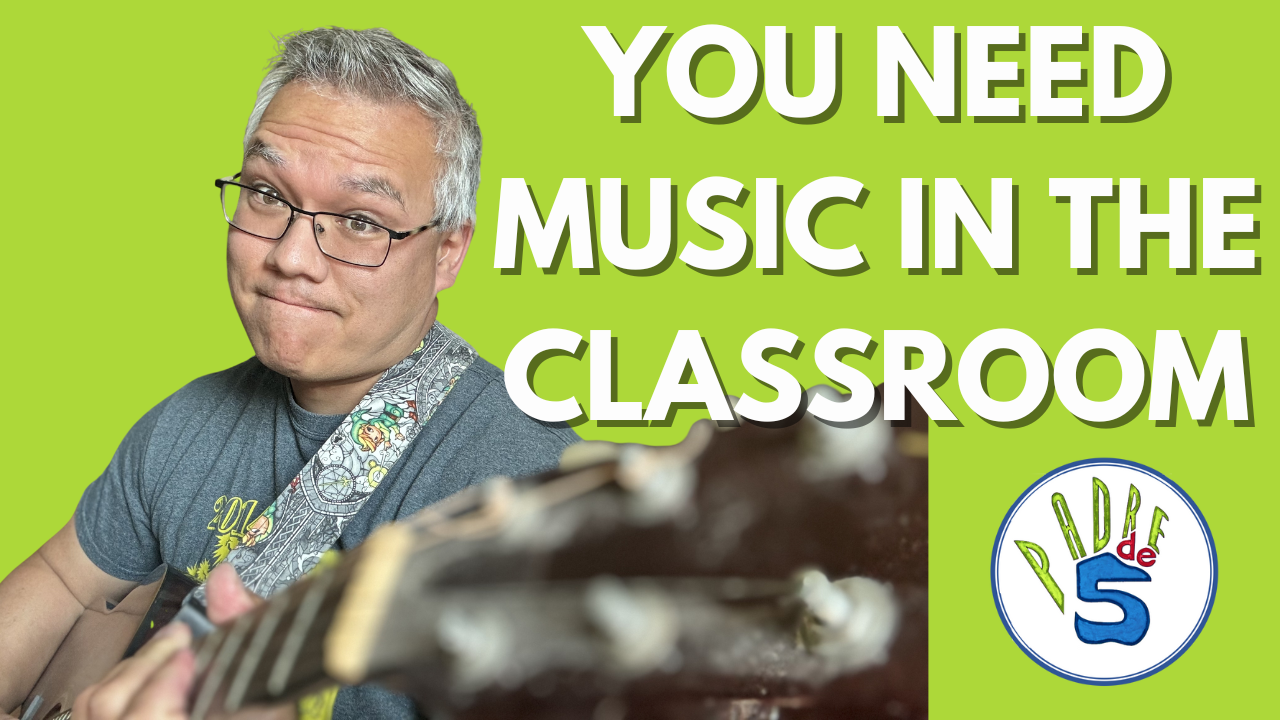
Watch this video to for 4 reasons why music is an essential source of comprehensible input in the world langauge classroom.
If you would rather read this as a blog, scroll down below the video. Enjoy!
¡Hola, todes!
Today, I want to share with you not only why using music in the world language classroom can be your new number one way to provide comprehensible input to your students, but 3 other less commonly known reasons to include music in your plans.
I am ALSO going to share with you 5 different ways you can structure a music unit, and I will give you my top 3 favorite music activities to add variety to your lessons.
So let’s dive in!
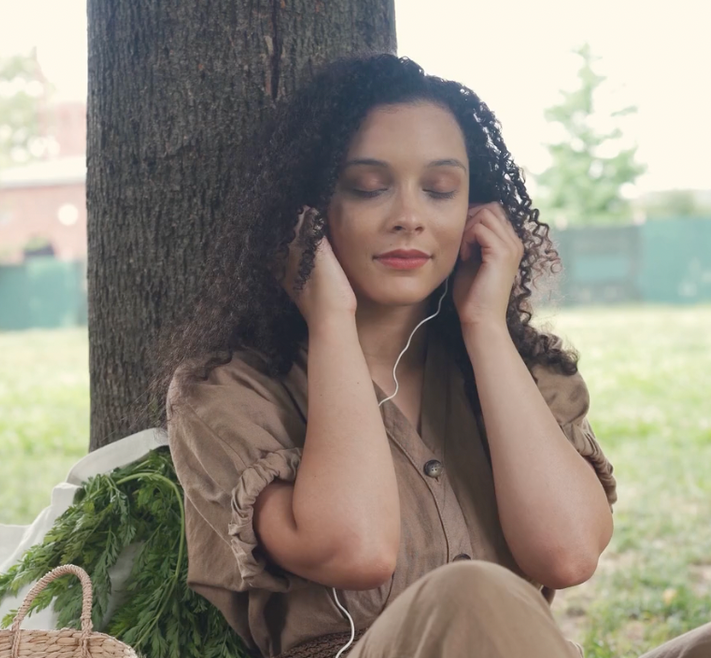
There are two things that every culture in the world has: language, and music.
Music is an important part of celebrations- we use it to relax, we use it to pump us up; it is entertainment, and it is considered a highly respected skill. It can also tell a bigger story- beyond just the melody and rhythm.
Yo can connect with complete strangers when you both know the same song. A song can elicit just about any feeling. A song can recall memories. It can unite a generation, and it can be multi-generational.
Music can be part of your identity.
Music is truly universal.
SO WHAT CAN YOU USE MUSIC FOR?
Number 1, we can give our students compelling and comprehensible input. I have already discussed how music is common in every culture.
Did you know 95% of the world’s population likes music? The reason that it is not 100%, is that 5% of humans have musical anhedonia- which is the inability to get pleasure from music.
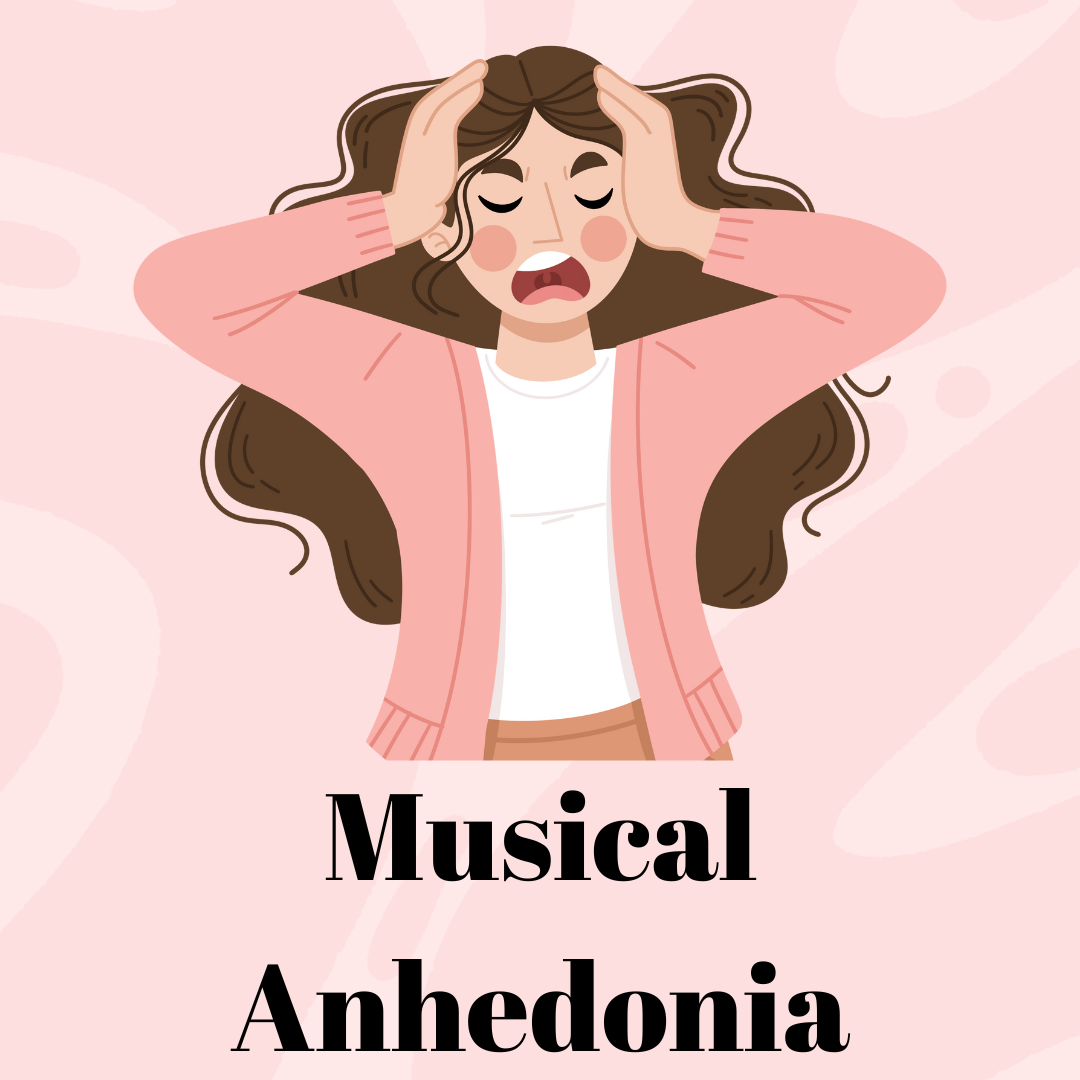
It is an actual neurological disorder found in 1 out of 20 individuals. So keep that in mind the next time you have a student that says, “Ahhh… another song?” It just might be that they are wired not to enjoy music.
But since music is overwhelmingly a pleasurable activity, we need to harness this in the world language classroom. Using music as an authentic source of the language is a perfect way to get multiple repetitions of the same words and phrases without it becoming boring.
A second use of music is to teach culture. There is so much culture to be found in a song and related, music videos. You can take a look at regional dialects and vocabulary choice. You can compare musical styles. You could do a deep dive into the artist’s background and country of origin.
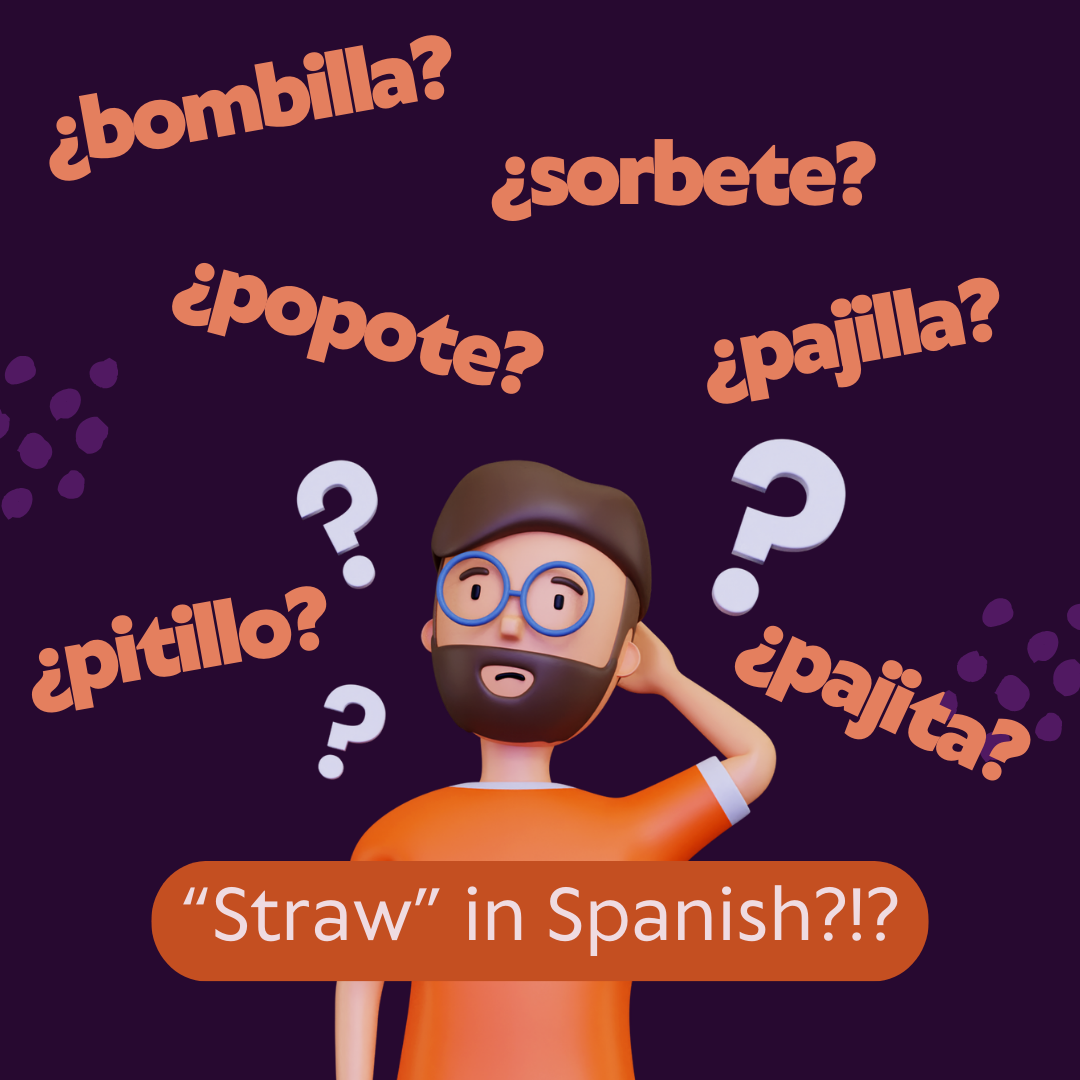
If you are using a music video with the song, you can see how they view overarching themes such as love, friendship, family, food, politics, social justice. You could even look at current events surrounding the song or the artist. You might compare and contrast how other musical artists approach the same themes or topics.
Besides input and culture, a third reason to use music is to look at values. Authentic music is a window into what individuals in a particular culture, value. We can see how that is similar or different from our own. And remember to let your students know that one musical artist may not be fully representative of an entire country, but that we can keep their values in mind when we listen to multiple artists from the same country or region.
Finally, a fourth reason to use music in the classroom is to foster interest in future language acquisition. When students get hooked on music in the target language, it carries far beyond the classroom. My students create playlists of their favorite artists and even start introducing new songs and bands to ME.
At parent teacher conferences, parents often tell me how much their kids are listening to music in Spanish and I am always amazed at how much great input they are getting without me having to lift a finger. Students are choosing to listen to the language in their free time with family and friends. It is like my students are doing voluntary homework! It doesn’t get better than that.
WHAT FORMATS CAN I USE MUSIC IN?
Now how to you want to present the music to your class? How often? How much? This will of course depend on your current curriculum and how much control you have over it. I am a department of 1, so I have 100% say in what I teach. Because of that I use music every day. It is one of my 3 focus areas. Cuentos, canciones, y comunidad. That is, Stories, Songs, and Community. Everything I do in my class is related to one of the those 3 pillars.
I personally do a song of the week. Every week (except for special times that have their own theme such as Wooly Week, or finals week or some school celebration) we do a new song. My lessons for that week revolve around the language, culture, and values of that song. I often have key phrases that I have my student focus on. Certain grammatical structures or tenses that I am reinforcing, but they are not the center of my lesson. The language and the connection to students is my central focus.
Now, other people use music in different ways. My friend Allison Wienhold, does “Música miércoles”- where they do a new song each Wednesday. This could be done just as a bellringer activity, or a focus for the entire period.
Others use music only for brain breaks or a warm-up.
I know teachers that find songs that tie directly to units they are already teaching- like a class novel or a unit on a particular country.
Finally, some like to use music brackets, Such as March Music Madness to garner interest in the songs through a friendly, competitive elimination style bracket.
I do like music brackets, but I do them in my own way. Since I do a new Song of the Week throughout the year, I do a Manía musical de mayo- or a May Music Madness bracket. These are the songs we listened to throughout the year and now, in May, we put them head-to-head and vote for our favorites until we have voted for our one favorite song of the year. This becomes a great time of reflection of what we have done throughout the year, and I can re-use and review all the great language and culture we have done all year long without the student groans and complaints that often come with end-of-the-year reviews.
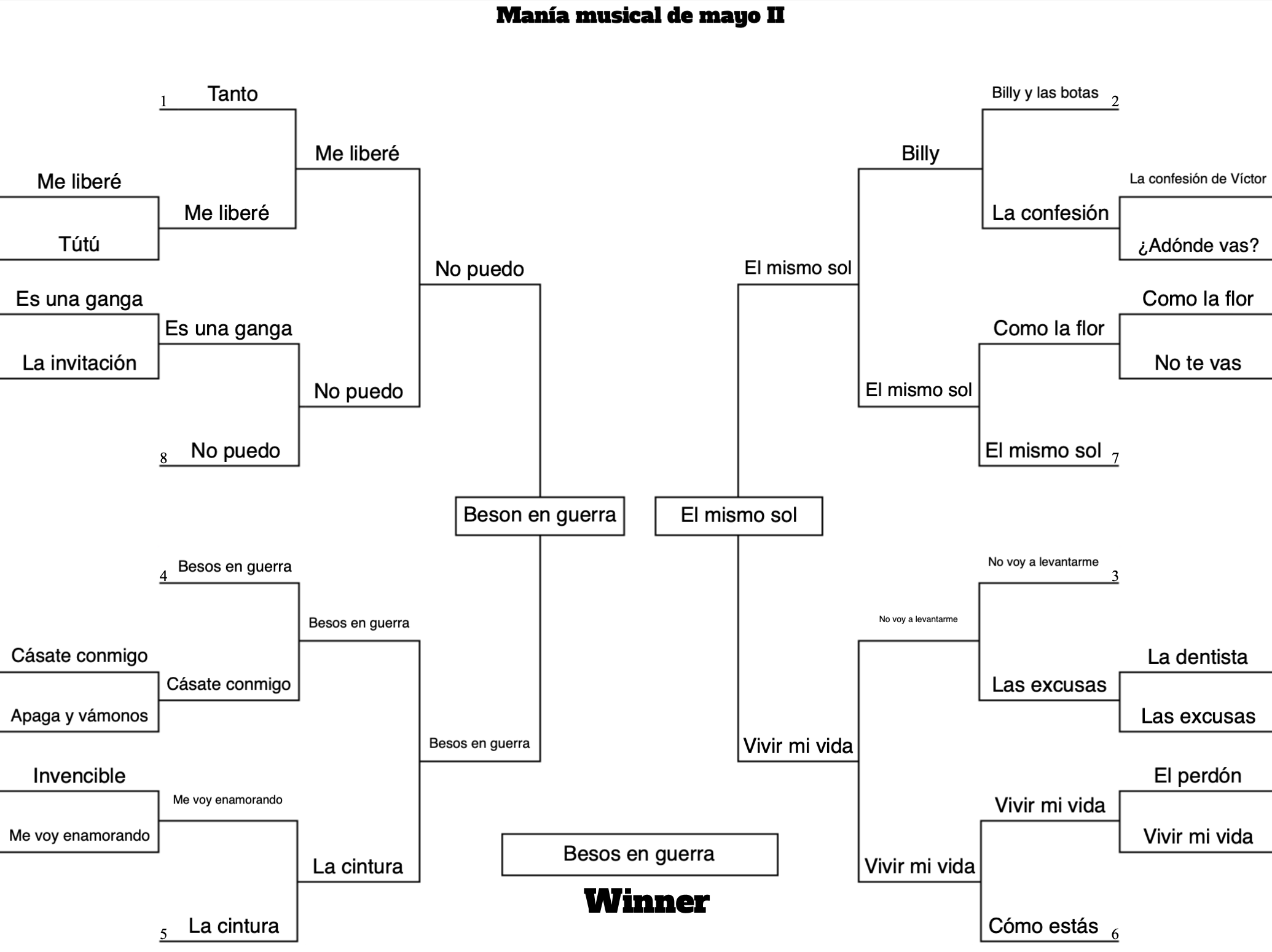
MUSIC ACTIVITIES
Now, when it comes to activities, there are soooo many things you can do. I am going to list my top 3 for you today, but I use at least a couple dozen different activities with songs in the classroom.
#1 is PQA (personalized questions and answers) Many teachers use this activity in a variety of ways in the TCI(Teaching with Comprehensible Input) classroom. I love to ask personal questions using the vocabulary and topics found in the songs and videos we use.
For example, let’s say we are using the song La cintura, by Álvaro Soler. The song is based on the true-life opinion that Álvaro thinks he is a horrible dancer. In the video he recruits some friends to help him learn to dance in order to impress a girl. Now I can ask them questions like: Do you think Alvaro is a good or bad dancer? Do you like to dance? Do you think you are a good dancer? Who in the class is the best dancer? Are boys or girls better dancers? Does anyone take dance lessons? The questions could go on and on. By using the language to talk about teenagers favorite subject : themselves, I can easily maintain their interest AND deliver tons of compelling comprehensible input.
#2 is Música misteriosa. Each day of the week, we dive into one verse or section of the song. Students try to guess what the lyrics mean. Depending on the level, we might do this individually, with a partner, or even whole class. Sometimes students will get scaffolding such as uncommon phrases translated for them, pictures off to the side to give clues, or with difficult lyrics we might do a matching activity where they have to line up the Spanish lyrics with their English translation.
And my 3rd favorite song activity is “Cuéntalas,” or Count them. I take a couple words or phrases and have students tally how many times they hear them in the song. This intense focus really helps train their ears to listen and discriminate the sounds of the language. Depending on the level, you can have shorter or longer phrases, or add a third or even fourth phrase to have them tally.
___________________________________________
So, there you go. You now know 4 great reasons to use music in the classroom, 5 different ways to organize songs into your curriculum, and 3 different activities you can use with your students.
Now I want to hear from you. What ideas do you want me to go more in-depth about, using music in the world language classroom? Comment below and and I will mak new videos/blogs about what YOU need most. Maybe you want to hear more about doing a Song of the Week, or song brackets, or how to choose a song. let me know in the comments.
And the best way to keep up on every new video, product, and novel I create- click the pink button at the top of the website to get signed up for monthly emails that provide all my best tips and tricks for world language teachers like you.
Thanks for your dedication to education and all you do for your students, because as you know- world language teachers, teach the world, more than language.
Hasta pronto,
John
Padre de cinco